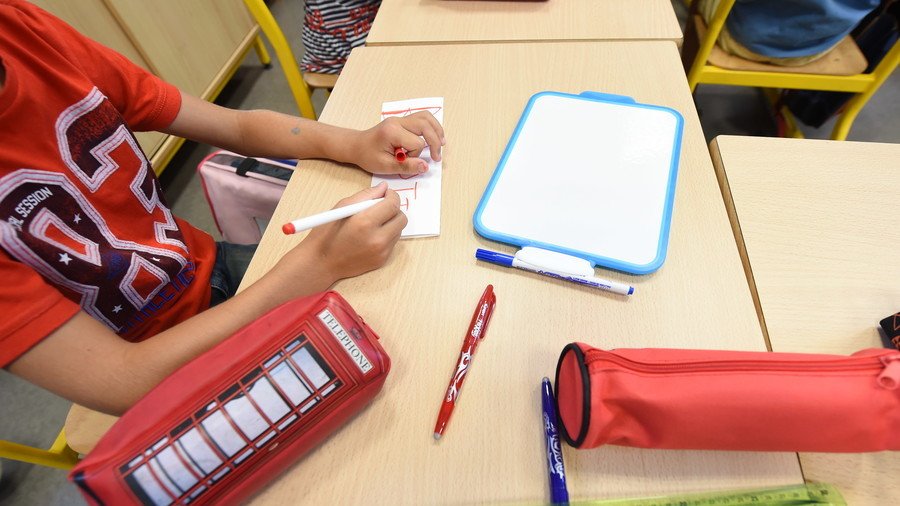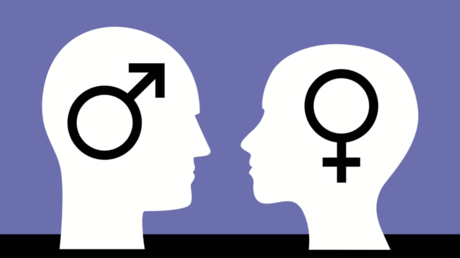Swapping gender norms in the name of equality: Icelandic school that makes boys paint their nails

While many believe the expression “boys will be boys” should stay the norm, some Icelandic schools are defying stereotypes in the name of equality by making boys play with dolls and give massages, while girls jump from trees.
Known as the Hjalli teaching model, the network of 20 nursery and elementary schools aims to counter stereotypical gender roles and behaviors from an early age. While still considered radical by Icelandic standards, the network has grown to cater to eight percent of all nursery-age children in the country since the first school opened in 1989.
The school’s program sees boys and girls wear the same uniforms and play with gender-neutral toys. However, they are separated for most of the day in order to participate in activities that actively counter that of what is expected of them by current gender norms.
For example, girls, who are considered more caring and helpful, are instead taken on activities that encourage them to be daring, take the initiative, and to be more individualistic – characteristics often associated with boys’ play. Activities include climbing trees and walking barefoot in the snow without screaming.
Boys, on the other hand, are treated to far more mellow games in an effort to develop male empathy. Activities include pretending to be babysitters with rag-dolls, painting their nails, as well as styling each other’s hair and giving full body massages.
“We want the girls to go out of the safe zone. We want to teach them to be noisy, to teach them to scream and jump, and take place. Use their voice!” the founder of the Hjalli model, Margrét Pála Ólafsdóttir, said.
Teaching boys to be like girls, and girls to be like boys.Iceland is consistently ranked first in the world for gender equality. But the Hjalli teaching model, as practiced in this nursery school, is considered progressive even in Iceland.Read more: https://t.co/DrO2XMS1zMpic.twitter.com/T6xgEk5Mk1
— euronews (@euronews) October 4, 2018
“And with the boys, we want to teach them not only the boys culture.”
Ólafsdóttir, a self-described radical feminist, believes the reversed roles and separation of boys and girls allows children to develop their personalities and interests without any outside pressure of conventional gender roles.
“The best way to get closer to equality is to admit the differences,” Ólafsdóttir told NBC News.
By constantly adhering to gender norms, Ólafsdóttir argues, children run the risk of slipping into what she calls the “blue” and “pink haze,” something her educational model seeks to avoid.
The “haze,” located at both ends of a spectrum, is when a child’s natural strengths of their gender tip into that of a weakness. For boys, this can see natural strength and power turn into anger and violence.
Girls’ sympathy and caring natures meanwhile, can turn into that of self-pity and victimhood.
By understanding “what girls need and what boys need,” teachers are better able to “fight the weaknesses” of overexposure to gendered activities with compensating exercises, Ólafsdóttir told a 2013 Ted Talk.
This then allows for boys and girls to think “how to talk to each other, how to show respect and how to grow friendship,” through everyday interaction, she explained.
Think your friends would be interested? Share this story!















